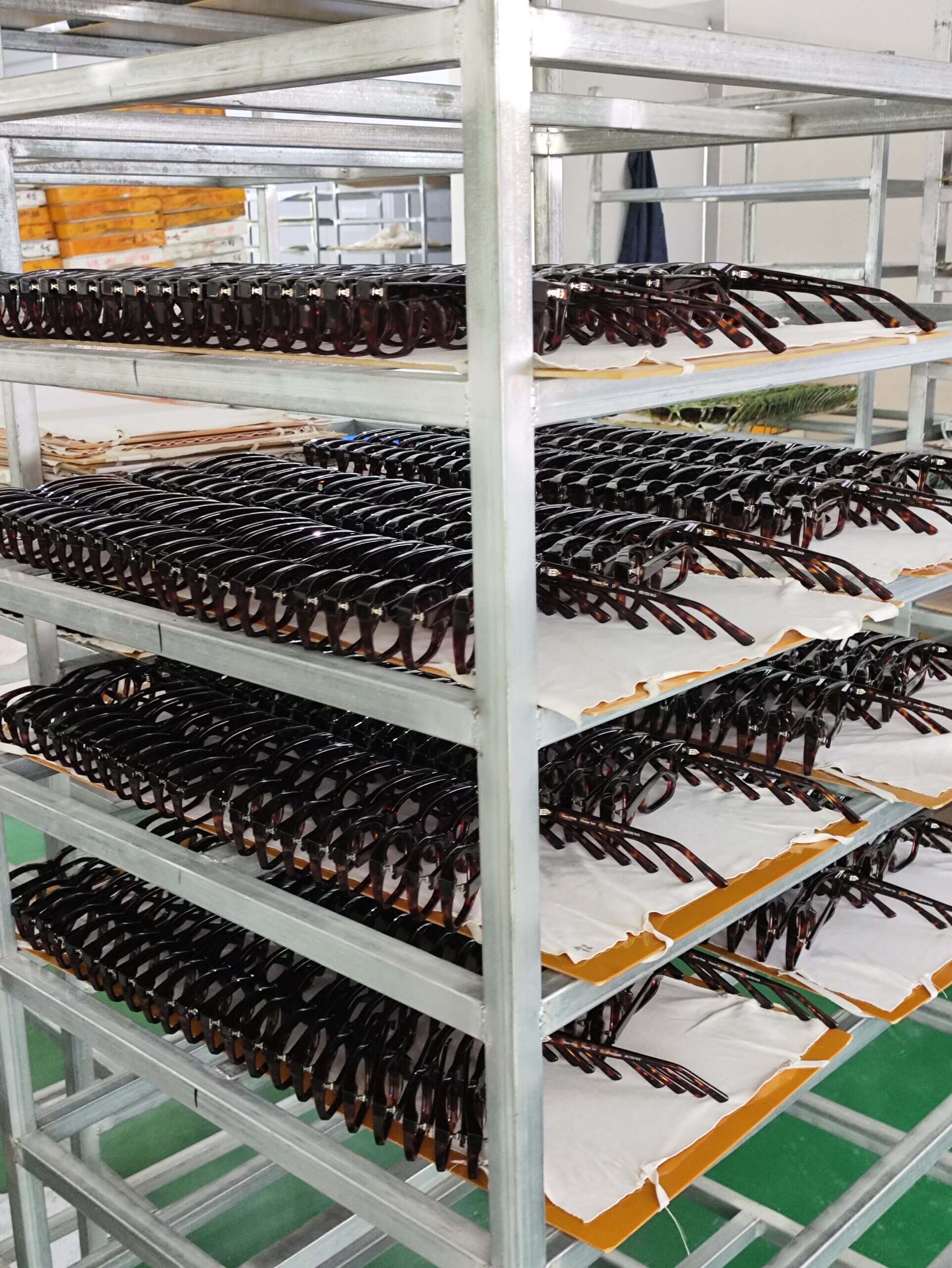Why knowing the difference matters?
Whether you’re in retail, design, or distribution, understanding the materials behind eyewear help you assess product quality, educate customers, and make better sourcing decision.

1. Nose Pad Style
The nose pads are often one of the simplest way to determine the material of a frame.
- Acetate Frames: Most acetate designs have clear or translucent end pieces for the nose pads. These are added after shaping, as acetate frames are cut and milled from solid sheets..not molded.
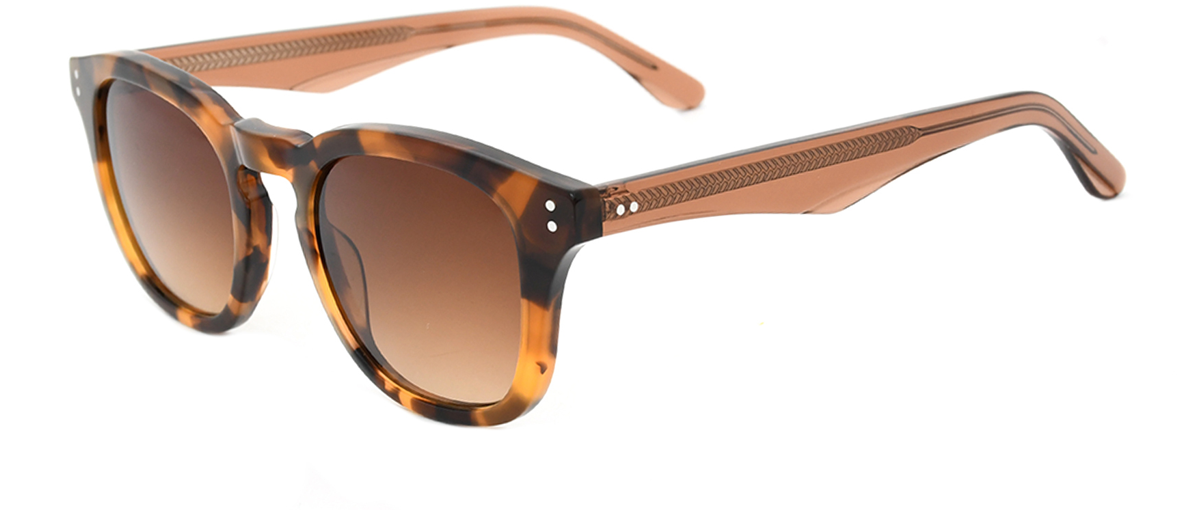
- Injection Molded Frames: the color and material of the nose pads are usually the same as the front of the frame.That’s because they’re made together in one mold, not with added parts or attachments.

2. Temple Connection Details
The transition at the hinge can reveal a lot.
ACETATE FRAME:
Often assembled using multiple frame parts. Slight seam lines or layered joins may be visible, especially in high-bridge designs.
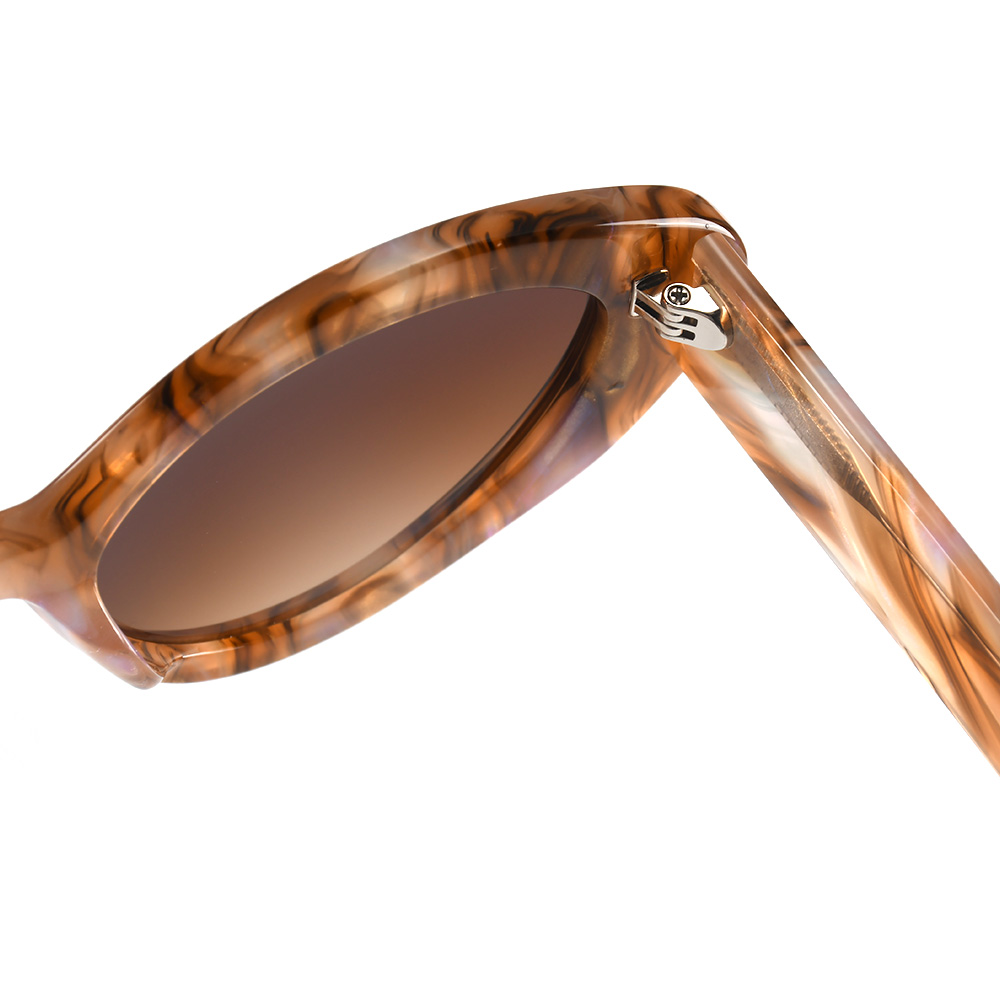
INJECTION MOLDED FRAME:
Usually formed in one piece, so connections appear seamless, but often lack the depth of layered materials.

3.Surface Feel & Quality
What you see on the frame surface can tell you if color is part of the material or just applied on top.
Acetate Frames: Naturally polished and smooth. No paint required……what you see is the true material, especially in color blends.
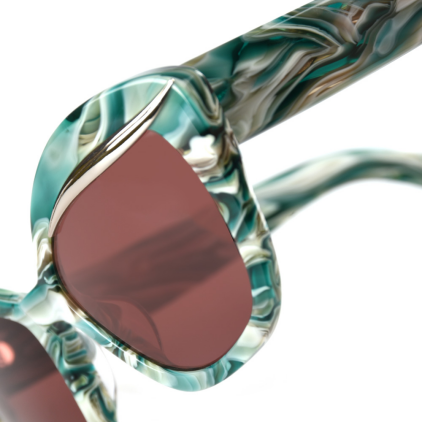
Injection Molded Frames: Typically spray-painted or electroplated.You may notice uneven texture, small specks,or gloss inconsistencies.
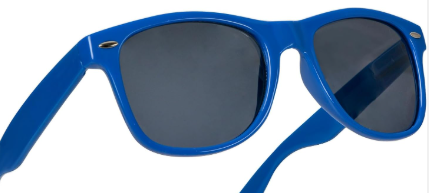
4. Depth of Color & Visual Texture
How the frame feels in your hand can say a lot about its quality.
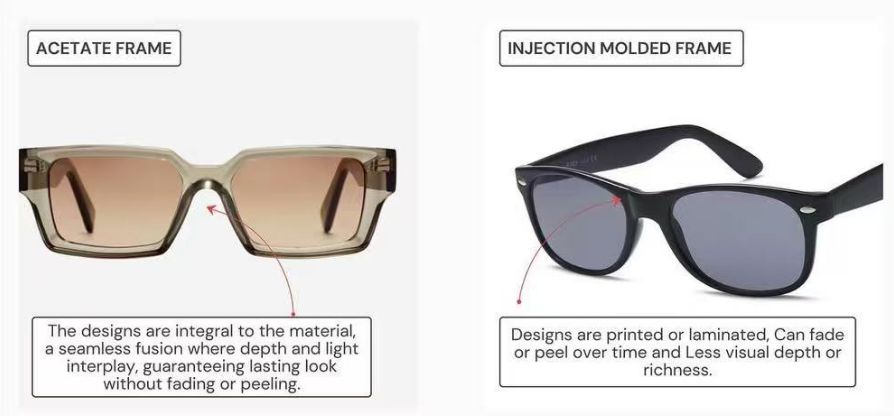
5.Overall Weight
Even slight weight variations become apparent upon direct comparison.
Acetate Frames: Slightly heavier, denser material. Feels solid and balanced on the face.
Injection Molded Frames: Usually lighter, which may benefit active wearers….but can sometimes feel less substantial.
6. Finishing Details
The finishing and overall detailing of a frame clearly reflect the quality and effort invested in its
production.
- Acetate Frames: Typically polished and smoothed by hand.Edges are rounded and transitions between parts are seamless.
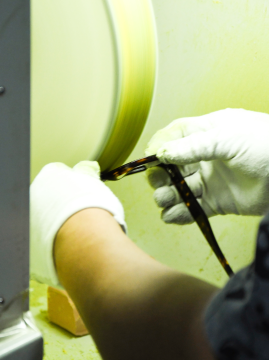
- Iniection Molded Frames: Generally mass produced. Mold lines, injection points may be visible, and edges tend to be less refined than hand-finished acetate.
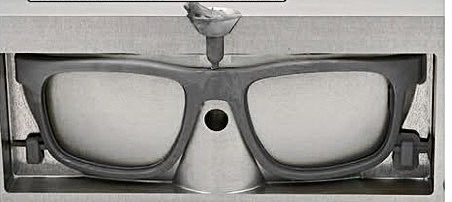
Material choices, finishing quality, and visual depth all shape how your brand is perceived.
Buyers, retailers, and end consumers notice the difference..whether consciously or not.
In a market where details define value, the way your frames are made speaks louder than your logo.

